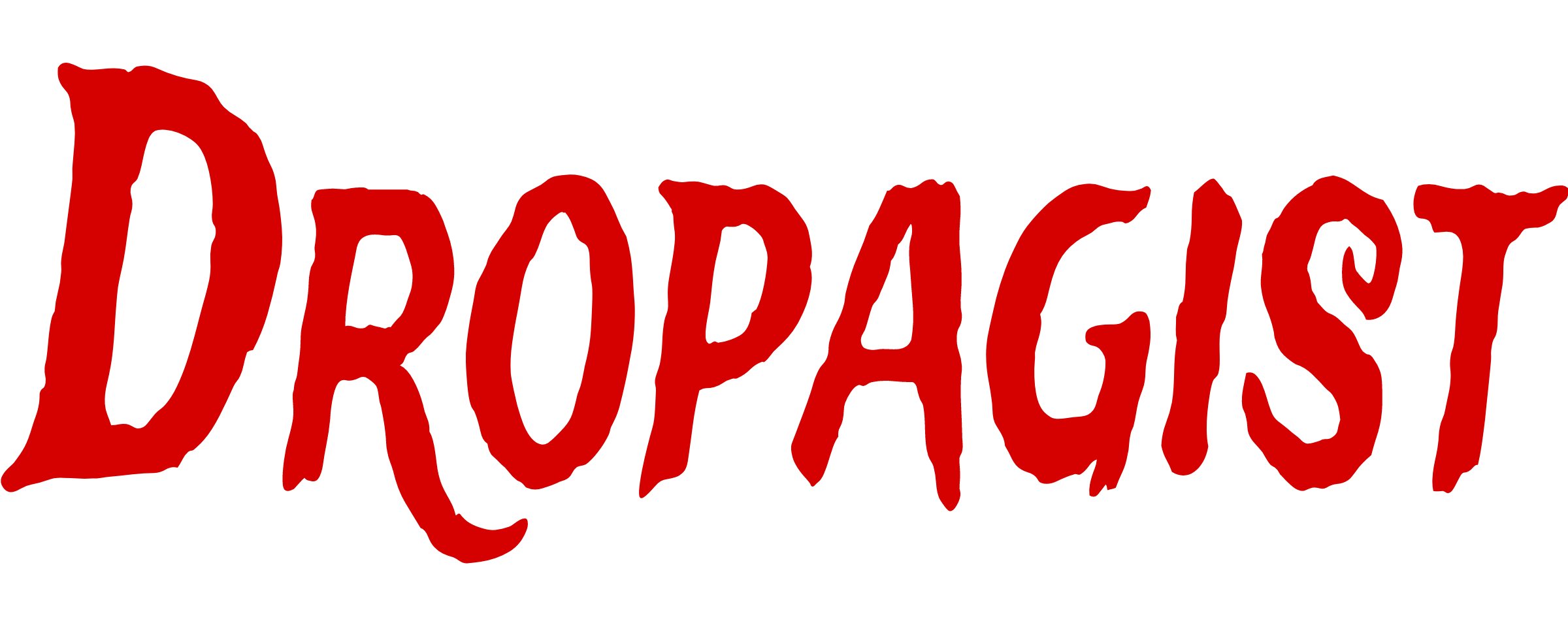
Hammam, Khalil, and Hussam, writes Barber, “are ordinary people living in an extraordinary context.” All three are Palestinian men who came of age during the intifada and Israeli occupation of their home in the Gaza Strip. While the book’s insightful introductory chapter offers readers ample historical context, the author, a professor emeritus at the University of Tennessee, emphasizes that this is not “a book about the Palestinian-Israeli conflict.” Instead, it is a story of resilience, survival, and trauma, told from the perspectives of its three main subjects. Barber’s research on childhood trauma in war-torn environments took him on multiple trips to the Gaza Strip over the last three decades, where he developed a close relationship with the three young men. Stories shared by the trio range from the typical trials of adolescence—Hammam, for instance, spends entire chapters stressing over his school exams—to confrontations with the Israeli military. In one particularly harrowing anecdote involving both physical and sexual abuse, Hussam tells of witnessing a Palestinian assuring soldiers that he would “confess to anything” if released. Many of the stories defy Western narratives about Palestinian youth: In addition to getting highlights of Khalil’s day-to-day family life, readers learn of his history of political activism as he eschewed joining “the front lines of the stone throwers” to participate in behind-the-scenes organizations of demonstrations. As the author of multiple scholarly books on childhood psychology, Barber approaches the stories of Hammam, Khalil, and Hussam with an empathetic style that gives them space to tell their own stories. The book’s final section looks at the events of October 7, 2023 from a Palestinian perspective, providing an intimate exploration of the ways in which the subsequent Israeli response impacted the lives of three average Palestinian families. The book’s engaging narrative is supplemented by research footnotes, though it never reads like an academic text. The book includes photographs, maps, and other visual elements that complement its accessibility.









 English (US) ·
English (US) ·